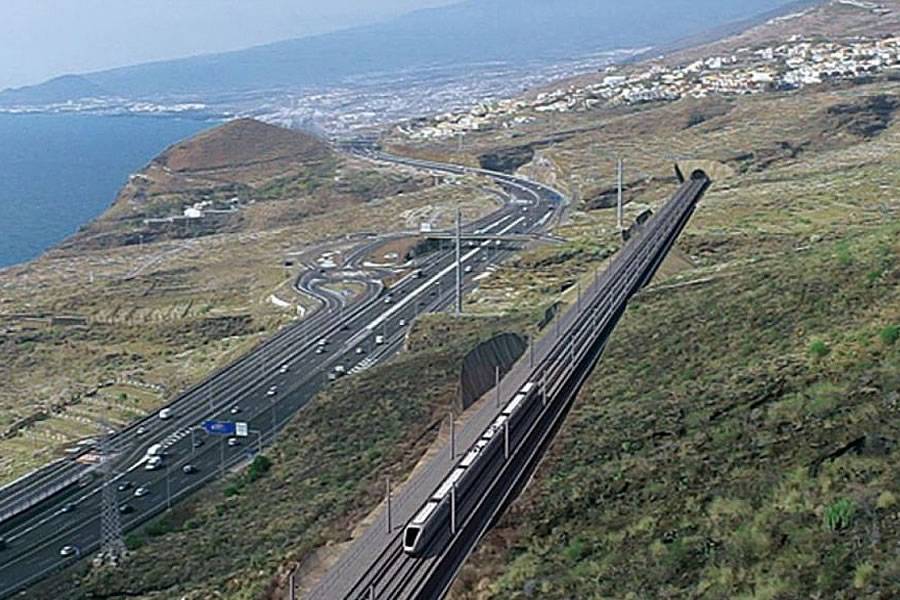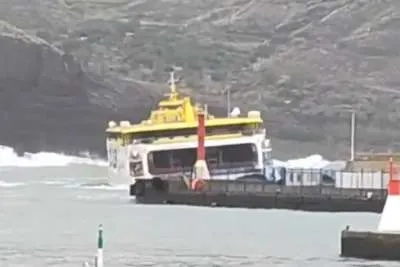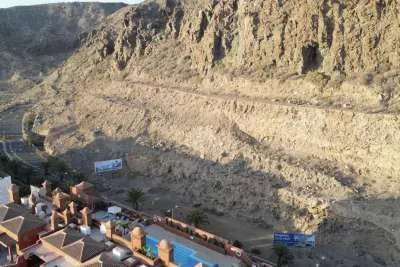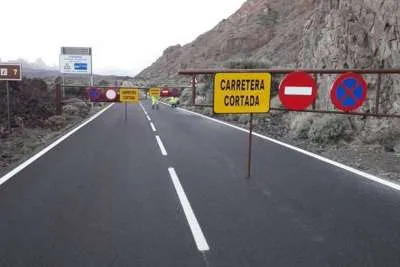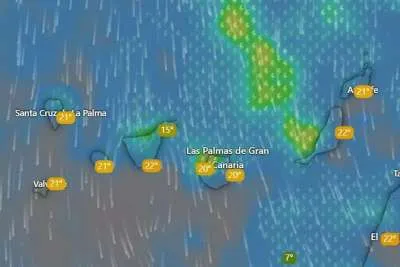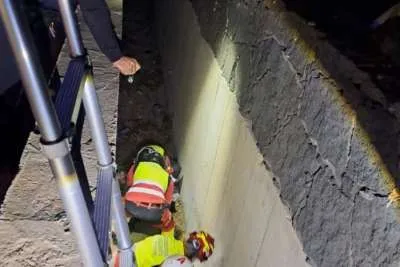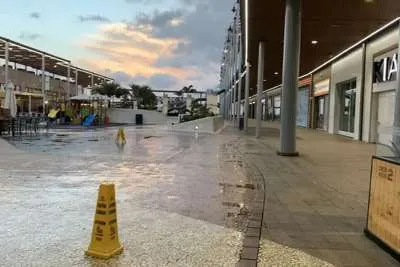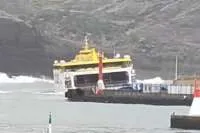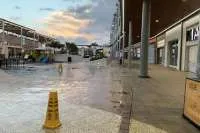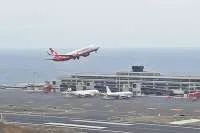Tenerife targets 2031 for completion of first section of Southern Railway
- 19-09-2024
- Tenerife
- Canarian Weekly
- Photo Credit: Stock image
The long-awaited South Tenerife Railway project is set to move forward, with the first section expected to be operational by 2031. Rosa Dávila, the president of the Cabildo of Tenerife, announced the reactivation of the infrastructure after awarding the contract for a second update to the Environmental Impact Study.
Dávila described this step as a “point of no return,” as the project progresses towards reducing road congestion and cutting CO2 emissions in the south of the island.
This first priority section will connect Costa Adeje with San Isidro (Granadilla), a route expected to significantly reduce traffic on the heavily congested TF-1 motorway, which currently handles more than 125,000 vehicles a day. The new railway could eliminate up to half a million car trips each day, helping to alleviate the region's ongoing mobility crisis.
Dávila confirmed that construction could begin during the current government term and last about four years, with the initial phase being completed by 2031. The updated Environmental Impact Study is budgeted at €68,500 and is expected to be finished in eight months. The railway project is estimated to cost over €800 million.
Once completed, the railway will have the capacity to transport over 20 million passengers annually, potentially becoming Spain's second-busiest railway system, behind only Madrid's commuter network. The line will connect key economic and transport hubs, including the Las Chafiras industrial area, Tenerife South Airport, Los Cristianos port, and El Mojón hospital.
Local Reactions: Mixed Feelings on the Project
While the project promises long-term solutions, local leaders have expressed concerns over current transportation issues. Adeje Mayor José Miguel Rodríguez Fraga highlighted the urgent need for more immediate projects, such as adding a third lane to the TF-1 highway and completing the island's ring road. He said that the train alone is not a quick fix to the area's mobility problems.
Granadilla de Abona Mayor Jennifer Miranda echoed these frustrations, claiming that while the €800 million project is being planned, thousands of residents continue to endure daily traffic jams. She also pointed out the insufficient bus services, with workers often waiting long hours at bus stops like San Isidro due to a lack of available routes.
Arona Mayor Fátima Lemes took a more cautious stance, stating that the project should be assessed only after the updated Environmental Impact Study is completed. However, she acknowledged that the train could potentially improve daily commutes for the island’s residents.
Moving Forward
The South Tenerife Railway project has been stalled since 2019, largely due to the expiration of the original Environmental Impact Study. Despite the delay, Dávila remains optimistic and stressed that the project will be implemented in phases with support from both the Canary Islands and Spanish governments. The ultimate goal is to integrate the railway into Spain’s General Railway Network, opening the door to European funding.
With growing frustration over the island’s traffic woes, the railway is seen as a vital step toward solving Tenerife's long-standing mobility issues, though it may take years to see the full impact.
Other articles that may interest you...
Trending
Most Read Articles
Featured Videos
A Vision of Elvis Tenerife Promo
- 10-05-2025
TEAs 2025 Highlights
- 17-11-2025


